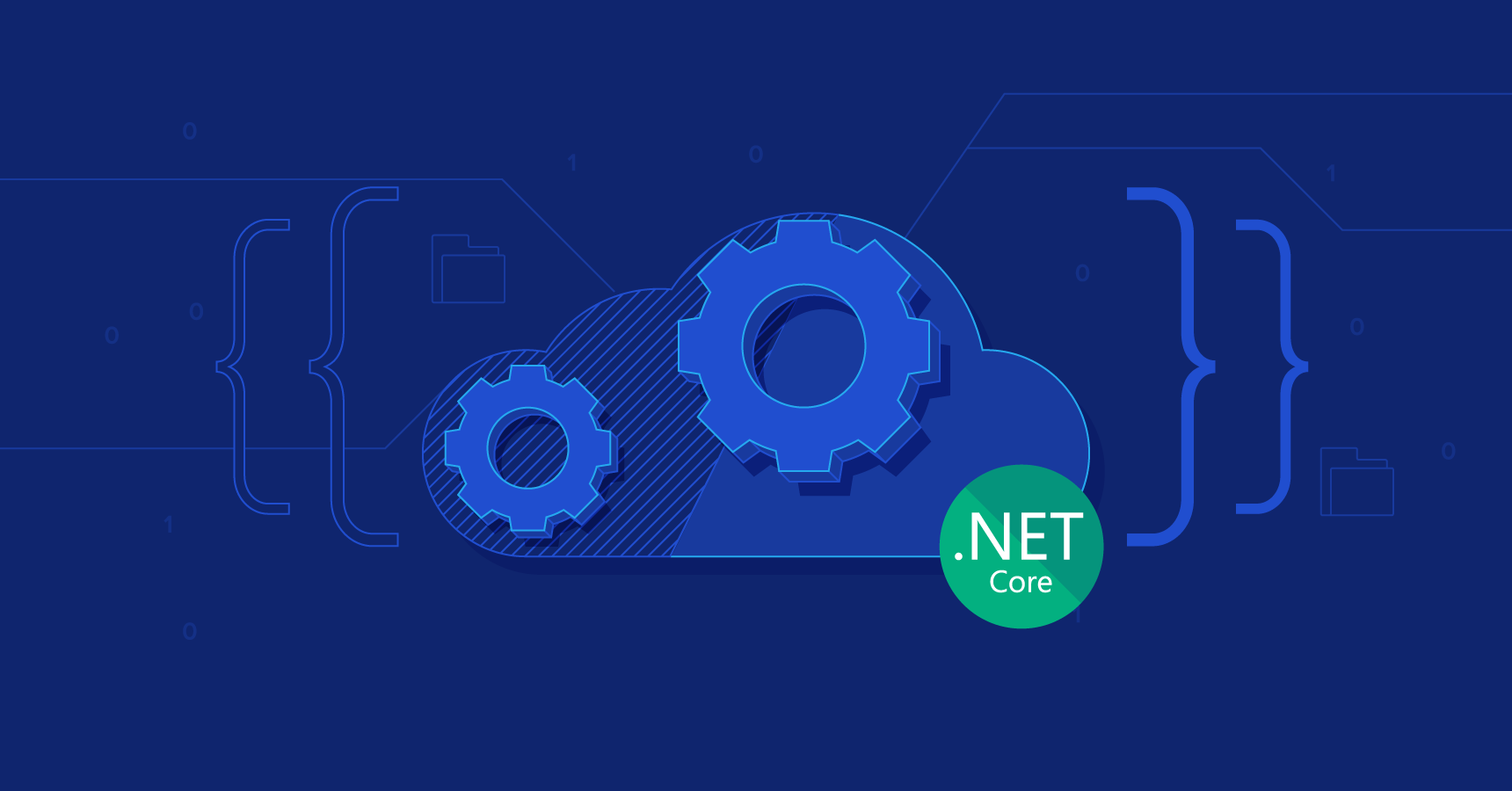Overview
ASP.NET Core, the open-source and cross-platform framework for building modern, cloud-based, and internet-connected applications, has evolved continuously to make development more efficient and straightforward. One of the recent additions to ASP.NET Core is the concept of Minimal APIs, which provides a simplified way to create lightweight and minimalistic web APIs with less ceremony. In this article, we'll delve into the fundamentals of Minimal APIs in ASP.NET Core, exploring its syntax, advantages, and how it simplifies the process of building web APIs.
What are Minimal APIs?
Minimal APIs represent a streamlined approach to building APIs in ASP.NET Core without the need for a full-fledged MVC (Model-View-Controller) setup. Traditional ASP.NET Core applications often require a significant amount of boilerplate code to set up controllers, routing, and other configurations. Minimal APIs aim to simplify this process, allowing developers to create APIs with minimal code and maximum flexibility.
Getting Started
To get started with Minimal APIs, you need to create a new ASP.NET Core project. You can use Visual Studio or your preferred code editor to follow along. Let's create a simple Minimal API to illustrate the key concepts.
Step 1: Create a new ASP.NET Core project
Open Visual Studio and create a new ASP.NET Core project. Choose the "API" template and make sure to select the latest ASP.NET Core version.
Step 2: Create a Minimal API
Open the Program.cs file in the project and modify it to use the WebApplication class, which is the entry point for Minimal APIs.
In this code snippet, we create a minimal API using the MapGet method. This method maps the HTTP GET request to the root ("/") to a simple response string.
Step 3: Run the Application
Build and run the application. Navigate to https://localhost:5001/swagger in your browser, and you should see the Swagger UI displaying your Minimal API endpoint.
Anatomy of a Minimal API
Let's break down the key components of a Minimal API.
WebApplication
In Minimal APIs, the WebApplication class is used instead of the traditional WebHostBuilder. It simplifies the setup process by providing a more streamlined API for configuring services, endpoints, and middleware.
Map* Methods
Minimal APIs use the Map* methods to define routes and handle HTTP requests. These methods are concise and provide a clean syntax for specifying the HTTP method and route.
Here are some examples:
- MapGet: Handles HTTP GET requests.
- MapPost: Handles HTTP POST requests.
- MapPut: Handles HTTP PUT requests.
- MapDelete: Handles HTTP DELETE requests
Request Handling
The second argument of the Map* methods is a lambda expression that defines the logic to handle the incoming request and generate a response. This lambda can be as simple as returning a string or as complex as executing business logic and returning a serialized object.
Swagger Integration
In the example above, we integrated Swagger using the AddSwaggerGen and UseSwaggerUI methods. Swagger provides a user-friendly interface for exploring and testing your API. This integration helps document your Minimal API and makes it easier for developers to understand and interact with it.
Advantages of Minimal APIs
Reduced Ceremony
Minimal APIs significantly reduce the amount of boilerplate code required to set up an API. This is especially beneficial for small projects, prototypes, or scenarios where simplicity is prioritized.
Improved Readability
The concise syntax of Minimal APIs enhances code readability. Developers can quickly grasp the structure of the API and focus on the essential logic.
Rapid Prototyping
Minimal APIs are ideal for rapid prototyping, allowing developers to quickly build and iterate on ideas without being encumbered by excessive configuration.
Easy to Learn
For developers new to ASP.NET Core, Minimal APIs provide an easy entry point. The syntax is intuitive, and the minimalistic approach helps beginners understand the core concepts of building APIs without overwhelming them with unnecessary details.
Best Practices
While Minimal APIs offer a lightweight and convenient way to build APIs, it's essential to follow best practices to ensure maintainability and scalability.
Use Dependency Injection
Even though Minimal APIs are designed for simplicity, it's crucial to leverage the power of dependency injection for managing services and dependencies. Use the AddScoped, AddTransient, or AddSingleton methods to register services.
Conclusion
Minimal APIs in ASP.NET Core provide a lightweight and straightforward way to build web APIs with minimal ceremony. Whether you're working on a small project, a prototype, or an API with limited complexity, Minimal APIs offer a concise syntax that enhances readability and accelerates development. As with any technology, it's essential to weigh the benefits against the specific requirements of your project and adopt best practices to ensure a maintainable and scalable codebase.


Post a Comment
0Comments